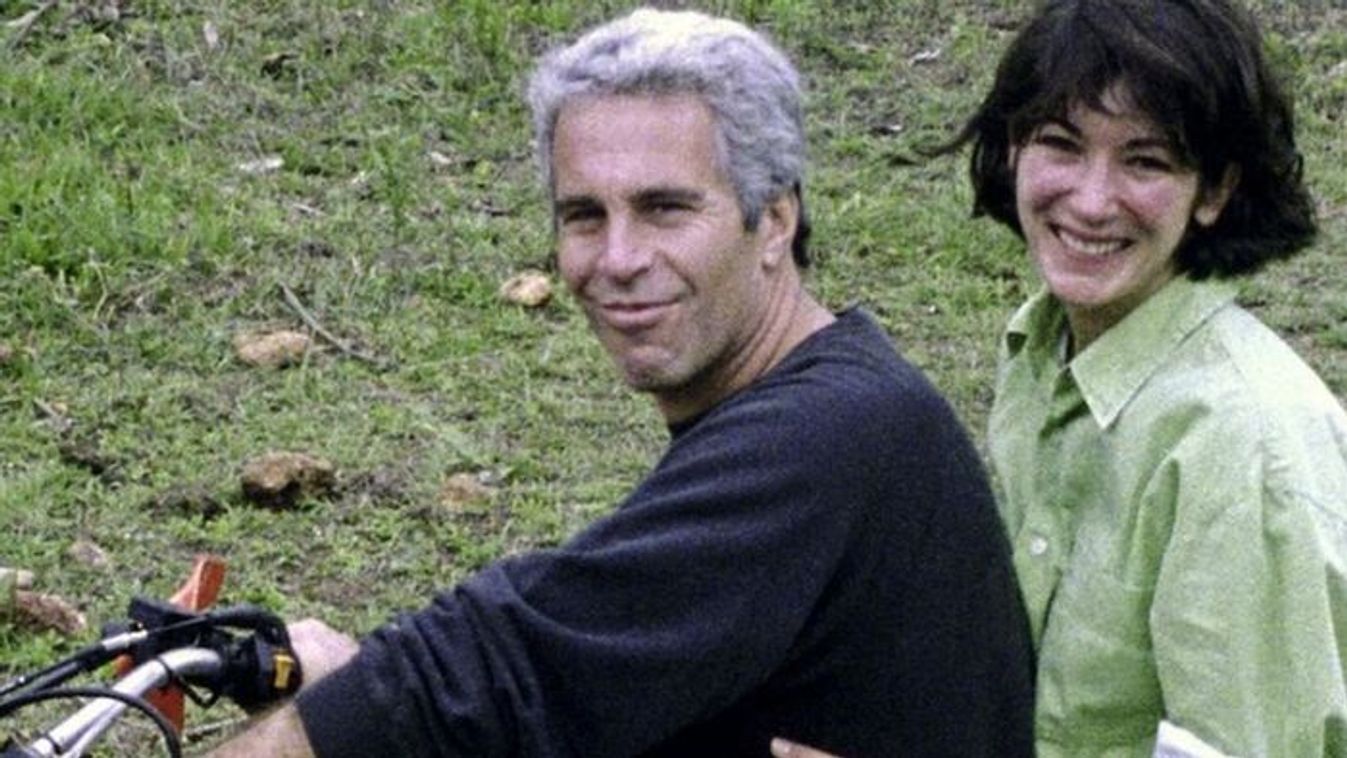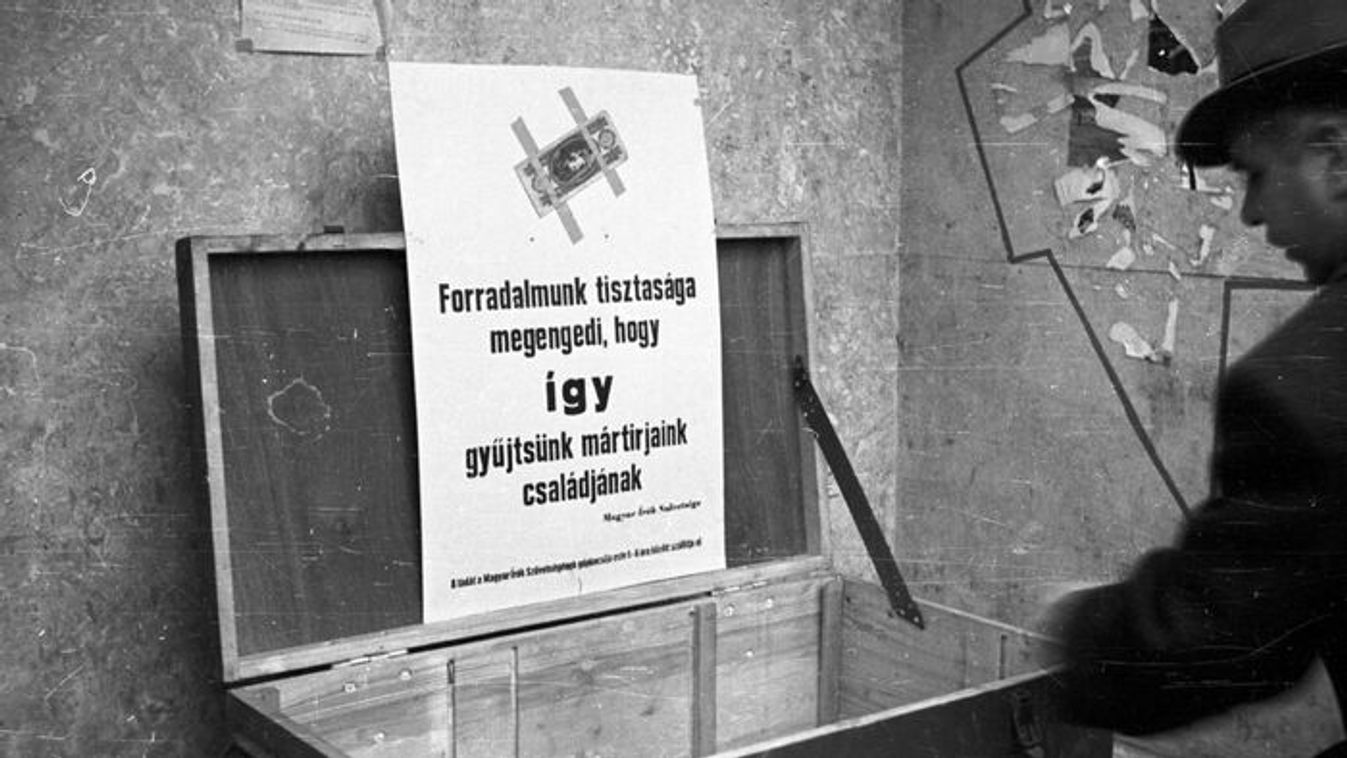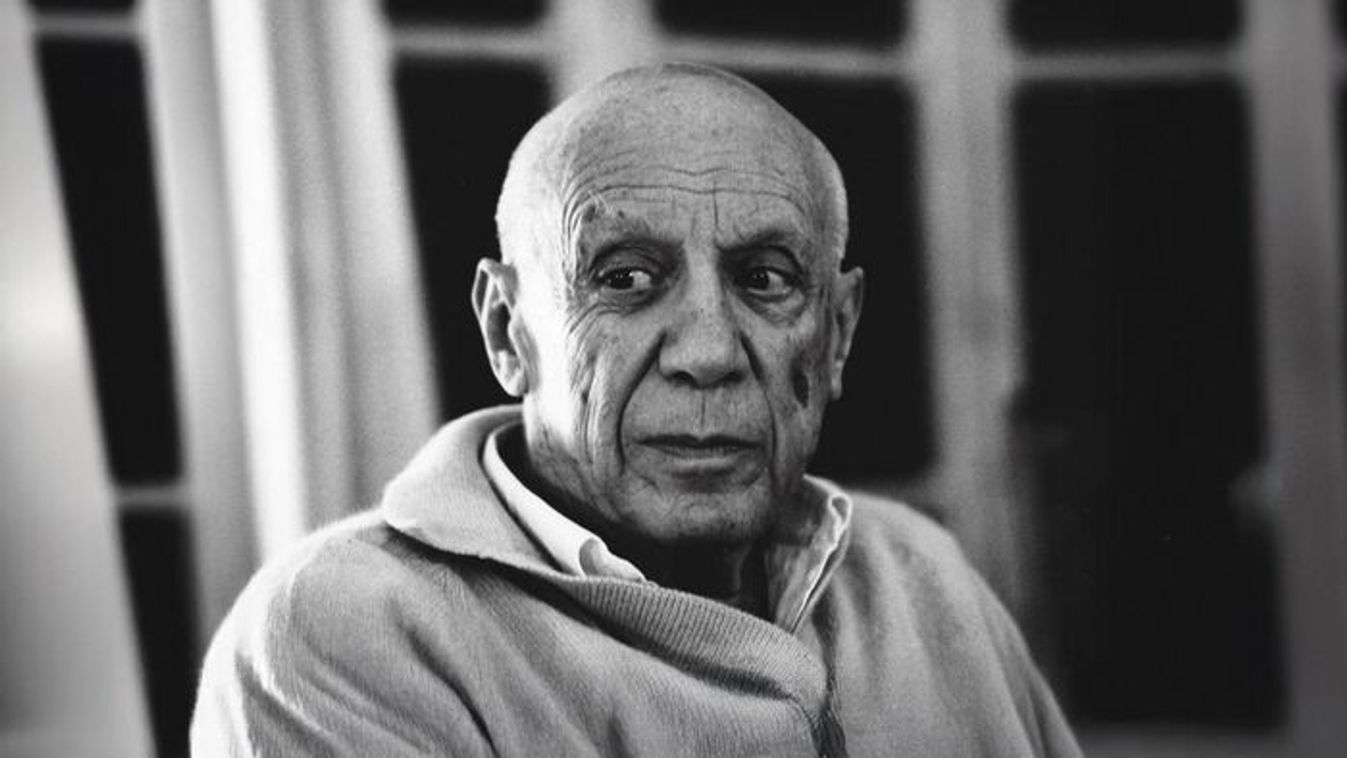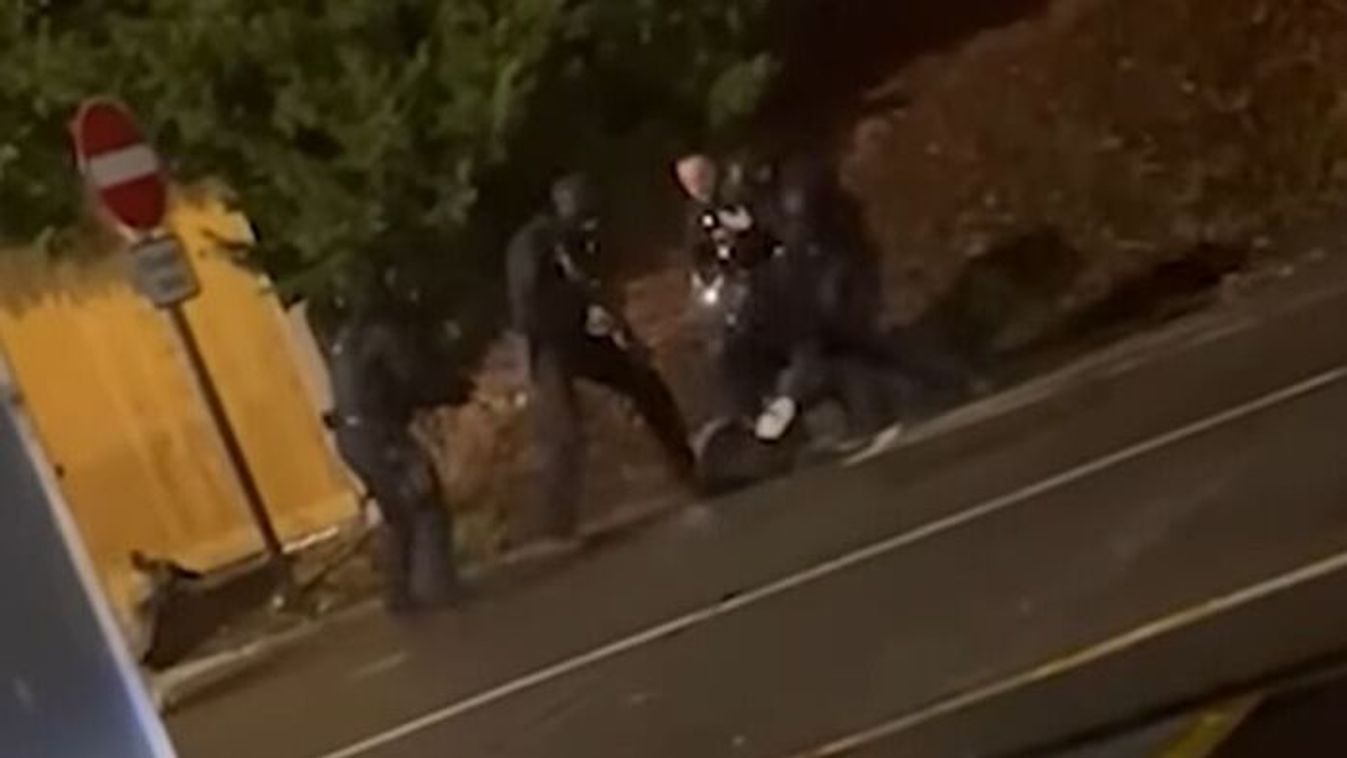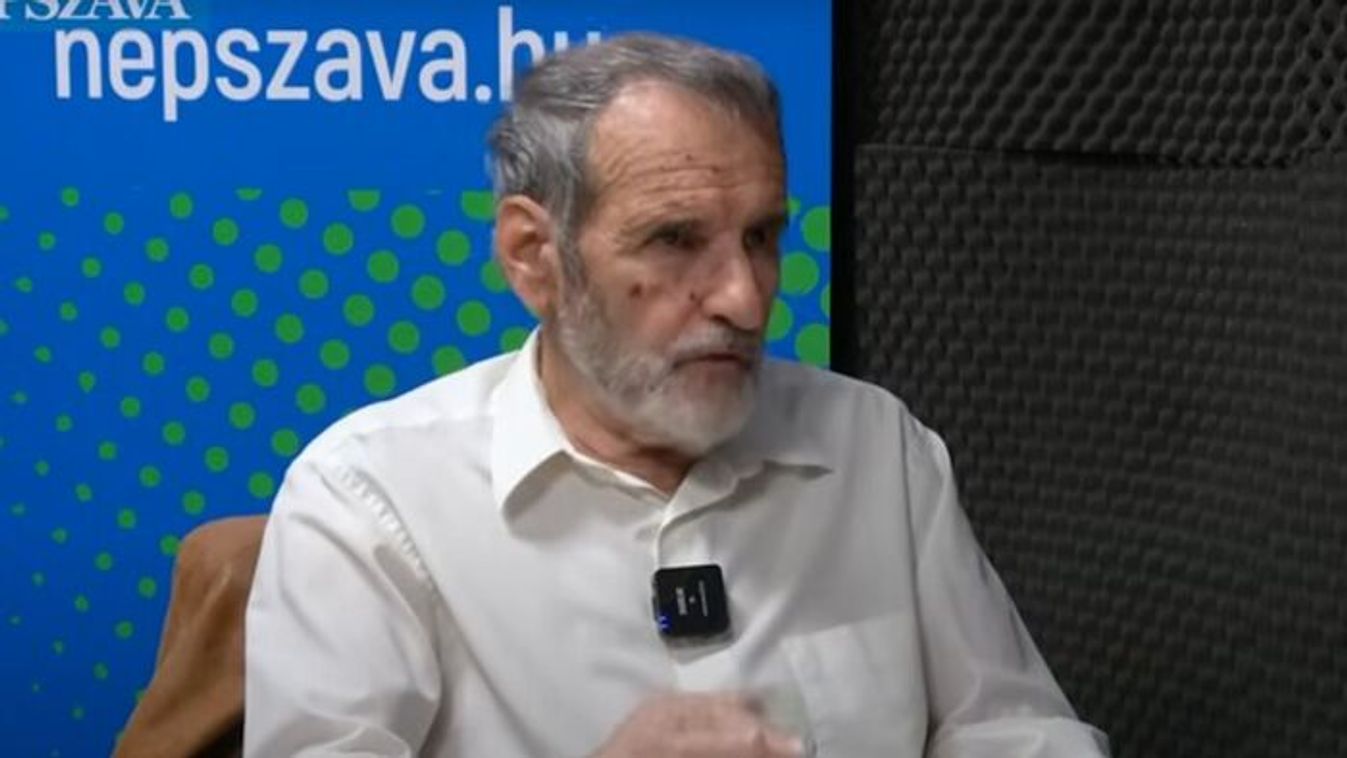How did you became an art historian?
When I was young I had three great loves: languages, music and fine art. I studied in Cambridge, I went there to study French and German It was always a great battle between my three loves, which should be my hobbies, and which would be my professional life. In the end, the fine art, history of art won. I think because that time in Cambridge I had very inspiring teachers. For me it seemed to be a fascinating subject to study. And then I went on to my doctorate in art history. I realised that my three loves were actually related to each other. Fine art doesn't exist in isolation, but it is linked to literature, to poetry and to drama and music. It is very useful for an art historian to speak languages. I think I was lucky and I made the right choice. Music is still my great passion, and in the last few years I've been able to write about it. I lead courses on the university about the relationship between music and visual arts. I think in that way I've been very fortunate to be able to do these three things that I love.
You were editor of the New Museology, in which there was a debate about the role of the museums in today's society. What was your standpoint in that debate?
There was a rather conservative faction in England that believed that the aesthetic experience of an exhibition or of a museum is the most important thing and that everything else was secondary. I would hear people say: „Oh these paintings look so beautiful together hanging on the wall”. And I always said: „yes, but couldn't we have something much more?” What is the point of putting works of art together unless we are telling a story? How do we tell a story? We don't necessarily need hundreds or thousands of words: sometimes the whole arrangement of an exhibition can be part of a narrative. I always felt that unless the public learns something from an exhibition then it is rather pointless. I don't like very much exhibitons that simply have some very vague theme like „Light in Western painting”. So what? Painters used light in different ways. If we say something about changes or scientific discoveries related to the nature of light or the artists' interest in colour, the exhibition becomes interesting. I feel that exhibitions have an enormous important didactic role, to teach people, even if the public doesn't realise they are learning.
You've been working in the world of museums for thirty years: what are your favourite museums right now and why?
I admire very much some of the great American museums: Museum of Art in Philadelphia, the Art Institute of Chicago, the Museum of Modern Art in New York, the Metropolitan Museum... These are great museums that have very serious purpose: they are there for the public, for its benefit, for the public education. I think they have a very strong sense of what their public and social role is. Regarding to personal enjoyment, I specialized in the art of Central Europe: Vienna, Budapest, Prague are very important capitals, and I do love Museum of Fine Arts (Szépművészeti Múzeum) in Budapest. I am very interested in what will be done in the Szépművészeti Múzeum, because I know there is a big program of redevelopment going on. The Belvedere in Vienna is also a very successful conversion of what was once a palace to the purposes of a modern museum.
Why did you specialize in the German and Austrian modern art?
Two things happened at almost exactly the same time: In 1970 I've been in Vienna and I felt that I have discovered for myself a wonderful period. Those were different times. Now every package of coffee and every box of chocolate has a reproduction of Klimt, and Mozart is on the chocolate. Those days Mahler started to become famous, Klimt was already popular, but not this multimillion dollar star like today. And in 1971, in London at the Royal Academy there was a big exhibition of the Vienna Secession. It was the great, heroic Modernist period, with artists like Klimt, Schiele and Kokoschka. I wrote a review about this exhibition in the Burlington Magazine which is one of the most important art periodicals in my country. It was a long review, much longer than it should have been, and to my astonishment they published all of it. They thought it was an important exhibition and realized there are many things to say. And as a result of that very long review I was asked to write my first book, Art in Vienna, about this period.
You have also started to organise bigger exhibitions in London and in Edinburgh in 1983.
My first big exhibition was in 1980 in the Tate Gallery, it was about the beginnings of the abstract painting. I have researched for my PhD that focused on Kandinsky, and Kandinsky's ideals that led him to experiment with abstract painting. And I thought it would be interesting to put these abstract experiments in a wider context: how other artists in this period made experiments, like Picasso and Braque around 1911 and 1912. I worked with a team of art historians to create this exhibition and that was my first experience. And then came the exhibition in Edinburgh. It was the point when I realised that I wanted to say more about the whole business: why we make exhibitions, what is the relationship between the curator and the public, so I developed an ethics M.A. course at the University of Essex. When I looked around in Great Britain, I realised that there are only two or three other museum courses that teach management, and none of them seemed to handle with the themes in which I was interested. The other museum courses were about conservation, museum registration, cataloguing... These are very important in the life of a museum, but I wanted to look at the relationship between the museum, the gallery and the public. There was a funny story: one of my colleagues, a dear friend of mine curated an exhibition at the Haywood Gallery in 1978 about Dada and Surrealism, and she too was very interested in this idea, that the public learns something through the exhibitions. So she devised a questionnaire and at the end of the exhibition, so the visitors could answer lots and lots of questions. Many people responded, and when they analysed the results of the questionnaire, the result showed conclusively that people knew less about Dada and Surrealism after the exhibition they have known before!
You have your part in the mediation between the modern art and the public: your last book is called Music of Painting, that studies the period of the emergence and development of Modernism, and the influence of the music on modern artists.
It is the second of two volumes: the first book, That Divine Order, published in 2005 surveyed the relationship between music and the visual arts from ancient times until the mid-eighteenth century. In every historic period we find connections between the music and visual arts. Artists tried to paint music, and music was also influenced by arts. This fusion strengthened in the early Modernism. How do we turn the musical language into the visual language? My books have just tried to answer this question.
You often refer to Richard Wagner and his Gesamtkunswerk concept in the book: why had this great artist and contradictory person such a great impact on the modern artists?
Wagner invented an idea that everybody can associate with their own ambitions and thoughts. In fact, Wagner never defined very clearly what he meant by the Gesamtkunstwerk and we can never find an opera by Wagner which could be the perfect example of this idea. He didn't practice what he preached. The concept is very vague, which means that every other artists can say: „I know what the Gesamtkunstwerk means: it goes beyond single art forms, it brings arts together and creates a whole”, and so on... Just ten years later the concept influenced the architecture, the interior design. Wagner would have been horrified, it has nothing to do with his original ideas. Wagner's time was the time of the symbolists, who said that the purpose of art is to bring the higher truth to the mankind.
Do you think that the Gesamtkunstwerk is still relevant today? If we look at the world of adverts, the pop culture, one could say: more than ever.
It is certainly relevant. Think of John Cage, towards the end of his life he said: „everything that I have done was performance”. And this is now an important form for artists: videos, installations mixed with music, with texts... And also in the popular culture: you don't just issue a CD with a pop song: you make a music video, make a booklet to the CD with visual arts and lyrics. This is a whole new manifestation of the Gesamtkunstwerk.
You are an expert in Central European art history, but an average Englishman doesn't know much about Central and Eastern Europe. This region is too far, there are too many small countries with complicated history and baffling languages.
There is a reason why English or American art experts don't get interested in the wonderful art of this region. In 1946 Churchill said that the Iron Curtain has descended across the continent, dividing Europe into Western and Eastern Europe. And seen from the standpoint of the West, Eastern Europe was Communist: it was very difficult to visit places like Dresden, for example, with its great art treasures. Eastern Europe became further and further away. It was difficult to have contacts with Eastern European colleauges, universities and museum professionals. And while British school-children all learn about Sarajevo and about the „spark that ignited Europe”, only very rarely do they have any accurate sense of the military or political or even geographical background to the assassination of Franz Ferdinand, nor any clear mental picture of what, at that time, the map of Europe actually looked like. We have lost sight of something very important. Once upon a time there was a place called Central Europe. It was neither Western nor Eastern Europe. Its central towns were Vienna, Budapest and Prague. Central Europe had very strong and vivid cultural identity. There are two kinds of cultural identity: there was once a unified Central Europe but in each case there was a very strong national sense. The Hungarian artists did not want to be put into one pot with the Viennese artists and so thought the Czech artists. All of them had interesting experiments with the folk art. Like Béla Bartók with the folk music: there was something very new coming out from the very old traditions. But the modernism has also developed, and all these artists shared these directions. They wanted to create a new art, a new society, a new age.
In the last years, you and your colleuages have discovered this era of the forgotten Central Europe. In the summer you delivered a lecture at the Museum of Fine Arts in Budapest with the title: The Lost Rider: Hungarian Art and Music in the Early Twentieth Century. Which artists did you emphasize in the lecture?
For me, the past two or three years have seen the beginning of a passionate love affair with early modern Hungarian painting. Only recently have I begun fully to appreciate and delight in the beauty and expressive power of this art. But what is also striking about this art is its variety. Among the Nyolcak (Eight), Róbert Berény emerges as one of the most powerful figures. In some paintings, he has obviously been influenced by Parisian art (Woman with Glass); but in other works, Berény is also capable of speaking with a distinctively Hungarian voice (Self-Portrait). Vilmos Perlrott Csaba's early work was also influenced by Parisian painting but who, in his later career, struck out in a much more independent and to my eyes remarkable direction (Park, 1916). By contrast, some artists, contemporaries of the „Eight”, also had the courage to create ‘unbeautiful’ paintings, sacrificing conventional beauty for expressive power: I think of József Egry’s astonishing painting Bohóc, now in the Rippl-Rónai Museum in Kaposvar. But for me, perhaps the greatest discovery was the work of János Vaszary: for example, his painting Aktok (1912), in which he seems determined to compete with Raphael and Michelangelo and some of the greatest masters of the Italian Renaissance. In Hungary it is so interesting that many notable artists engaged in politics as activists, or created political art. A great discovery for me was the wonderful artist Mihály Bíró, whose posters are famous in Hungary but not famous in England. Toulouse-Lautrec is well known but Bíró is not, although he is one of the greatest graphic artist of the early 20th century.
You were in Budapest for the preparation of a future exhibiton in the Royal Academy of Arts in 2014. How did this project begin, and what is your purpose with the exhibition?
We call the exhibition The Last Days Of Mankind. It was a title of a play by Karl Kraus. He wrote that play during and after the World War I. He tried to create after this universal tragedy a drama, a drama of the whole mankind. The exhibiton will take place in the year of the100th anniversary of the war. Kraus's drama represents the turning point of the tragedy, the cataclysm. We ask: how did artists react to the war: before the war, during the war and what was the world like when the war has finished? How did artists respond to the changed, different world after the war? We will show Klimt and Schiele and Kokoschka, but my great ambition is to introduce all the other, Czech and Hungarian artists to the public.
How did you discover the Hungarian art of this era?
It would have been very easy but also boring to create an exhibition about the art of Vienna. I didn't want to tell the same story again. Vienna was the hub of an enormous multi-ethnic, multicultural empire, but there was an other royal capital, Budapest. My first ambition was to juxtapose Viennese art and Hungarian art of this period. By now I had several research visits to Hungary, and Gergely Barki and several other colleauges were very helpful, they introduced us several treasures of Hungarian art. I was lucky enough to have a trip to Pécs and visit the Nyolcak (Eight) exhibition there, and it was fantastic. It was one of the best exhibitions I have ever seen, and it was a great discovery for me.
I talked, of course, to museum colleagues in Vienna about borrowing works by famous and popular artists like Klimt and Schiele and Kokoschka. For some of our Viennese friends, that was clearly rather a boring idea. From their perspective, by now there have been far too many exhibitions of precisely those artists, too many „Vienna 1900” shows. They only started to become interested and intrigued when I explained that we would not be restricted to Austrian art, but would also show Hungarian and Czech and Polish art of that period; and I mentioned some of the Hungarian artists we wanted to include. But when I said „probably, these names will be familiar to you”, they shook their heads. „No”, said one of my Austrian colleagues. „Such an exhibition would be very interesting for us, because we don’t know this material either!”
What are the special themes or styles of the Hungarian artists that you are interested in?
Hungarian modernism, in fact shares many of the essential, defining characteristics of European modernism, as it emerged during early years of 20th century, but it is distinctively Hungarian art. As I mentioned in my lecture at Szépművészeti Múzeum, one of the things that unites these artists is the modern reuse of traditional religious subject matters. Conventional subjects appeared charged with a new, highly subjective or emotive meaning. There is the painting of Róbert Berény, The Crucifixion. This is a crucifixion without women standing around the cross, there aren't even soldiers. This is an image that is supercharged with grief and sorrow and lamenting desperation. There is a figure kneeling at the cross, no one knows, who this figure is, perhaps Berény, perhaps the Virgin Mary, holding on to Christ's legs, trying to drag him back from death. It is a very traditional subject, but the treatment is very new. Stranger still is József Egry’s Szimbólum, which seems to depict the crucifixion not of Christ but of a modern worker, while a naked horseman rides away downhill, indifferent to the tragedy taking place behind him. Or if you look at János Vaszary's blood soaked crucifixion, isn't it the spirit of those times? The war, the desperation, the universal death? As early as 1891, the Austrian writer Hermann Bahr had declared in prophetic language in The Conquest of Naturalism: „Our age is pervaded by a wild torment, and the pain has now become unbearable. Everyone cries out for a saviour, and crucified figures are everywhere”
Which other characteristics did you discover in that era's Hungarian art?
Like their counterparts in Western Europe, Hungarian artists looked closely, even intensely at other art forms, including both poetry and music. It is a well-known fact in Hungary – but not nearly so well-known among international art historians – that the first exhibition of the Eight was not in fact called „The Eight” but „New Pictures”. In this way, they made it clear that they considered their works to be the visual counterpart of Endre Ady’s „New Poems”. And music, too, played an important part in the consciousness of the „Eight”. Especially significant is the fact that they, an association of painters, should have organized one of the most important concerts of the new music, given at the National Salon in Budapest on 18 May 1911. Here, surrounded by the paintings of the Eight, visitors to the exhibition could hear works by Bartók, Kodály and Leo Weiner – those composers were most closely associated with the foundation of the „New Hungarian Music Society”. Robert Berény was deeply interested and also proficient in music. He became friends with Hungarian composers Béla Bartók and Leo Weiner and painted their portraits. Sadly, Berény’s music is now largely forgotten. In his essay in the catalogue of The Eight, Mr Zoltán Rockenbauer uses the expression „intellectual comrades”, and I think that is exactly right. Intellectually and also spiritually, artists, musicians and poets of this new avant-garde were convinced that they shared the same goals and ambitions. The question which art form was best suited to expressing their ideas and ideals – poetry or painting or music – did not matter.
As you dig deeper in the culture and life of Hungary, do you start to realize the never ending debates of the urban and folkish cultural elite?
There is a very important figure, count Miklós Bánffy, he was an urban man, director of the Opera house but he also wrote the history of Transsylvania, the most remote part of the countryside. So even those days, there were people who could step over the conservative-progressive, urban-folkish dychotomies of the country.
As far as I know, you started to study the Hungarian language and read poets like Endre Ady.
I find the Hungarian language absolutely fascinating, but of course, the language is a barrier. The Hungarian literature is not very well known in foreign countries. Not too much of it is translated into other languages either. Many people say that the Hungarian language is impossible to learn. It is not impossible at all, it is a beautiful language, and I started to learn it. Now I can read Ady, but slowly (he laughs). The other great artist I admire is Béla Bartók. I emphasised in my lecture, that from start to finish, Bartók’s individual voice remains distinctively, unmistakably Hungarian. For a time, his music seemed new enough and challenging enough to startle and even alienate audiences; yet it was also deeply rooted in the soil of his homeland. Without the vital inspiration of Hungarian and Rumanian folk melody, it would have been very different. On the other hand, the question whether or not we are struck by the Hungarianness of Bartók’s music is, in a sense, irrelevant, since his works have long since taken their rightful place on the stage of world music. In my lecture I raised a question: hasn’t the time now come for the wonderful Hungarian modern painters to take their proper place on the stage of world art? Isn’t it time for the „Lost Rider” of Hungarian painting to find his way back home: back into our consciousness of the mainstream of modern European art?
